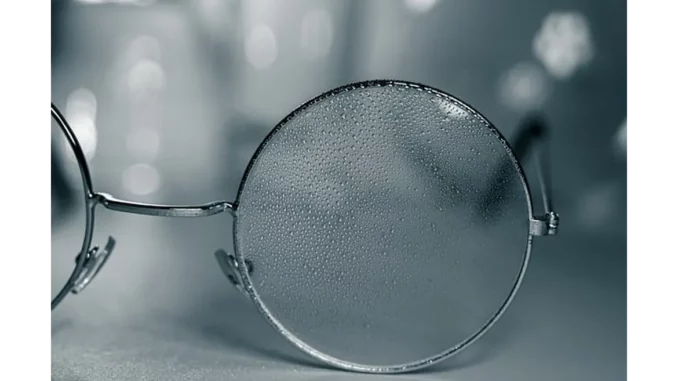
In the rapidly advancing field of healthcare, the integration of cutting-edge technology is reshaping the way medical care is delivered. Among the myriad of innovations, AI-enabled cameras stand out as a particularly promising development with the potential to significantly mitigate medication errors. With drug administration errors affecting 5 to 10% of all medications administered, resulting in adverse outcomes for approximately 1.2 million individuals annually and incurring costs amounting to $5.1 billion, the urgency for such technological intervention is undeniable.
Medication errors, especially those involving syringe and vial swaps, are alarmingly common across various medical settings. These include anaesthesiology, paediatrics, emergency departments, medical wards, and intensive care units. Errors typically occur when an incorrect vial is selected or a syringe is improperly labelled, contributing to nearly 40% of all medication errors. Even with established safety protocols like barcode scanning, the high-pressure and fast-paced nature of healthcare environments often leads to lapses, necessitating more robust solutions.
In response, the development of AI-enabled wearable camera systems offers a groundbreaking approach to mitigating these errors. These systems, equipped with sophisticated deep learning algorithms, are designed to act as an additional, vigilant observer for healthcare providers. By automatically detecting medication errors through the identification and classification of drug labels, they effectively prevent vial and syringe swap errors. These AI systems can be seamlessly integrated into wearable devices, such as smart eyewear, providing timely visual or auditory alerts to clinicians before an error occurs.
The journey to develop this AI system involved training a neural network on an extensive dataset comprising 4K videos collected from 13 anaesthesiology providers across two hospitals over 55 days. This extensive dataset, which included a variety of lighting conditions and backgrounds, allowed the model to enhance its performance through image transformations. By concentrating on visual cues such as vial and syringe size, shape, cap colour, and label print size, the system can accurately classify drug labels even when text is obscured by a clinician’s fingers or when the environment is cluttered.
The AI system has undergone rigorous testing, demonstrating remarkable efficacy with a sensitivity rate of 99.6% and specificity of 98.8% in detecting vial swap errors across 418 drug draw-up events. Its ability to generalise effectively was affirmed when tested on data from an unseen hospital, where it maintained its high performance levels. With an inference time of less than 25 milliseconds, the system provides timely alerts, affording clinicians an average of 9.9 seconds to correct potential errors before drug administration.
Beyond its primary function of error detection, the integration of AI camera systems into healthcare practices offers numerous additional benefits. By linking with electronic medical records, these systems can automate the documentation of drug information, alleviating the burden of manual record-keeping and enhancing data accuracy. As healthcare increasingly embraces digital transformation, AI-enabled technologies such as these cameras will become indispensable in improving patient safety and enhancing the quality of care delivery.
The evolution of this technology promises to revolutionise healthcare practices by reducing human error and enhancing the precision of medical interventions. The future of healthcare may well hinge on such innovations, which not only provide critical support to clinicians but also ensure the highest standards of patient safety and care. As AI continues to permeate the healthcare sector, its role in shaping a safer, more efficient medical landscape becomes increasingly pivotal.


Be the first to comment